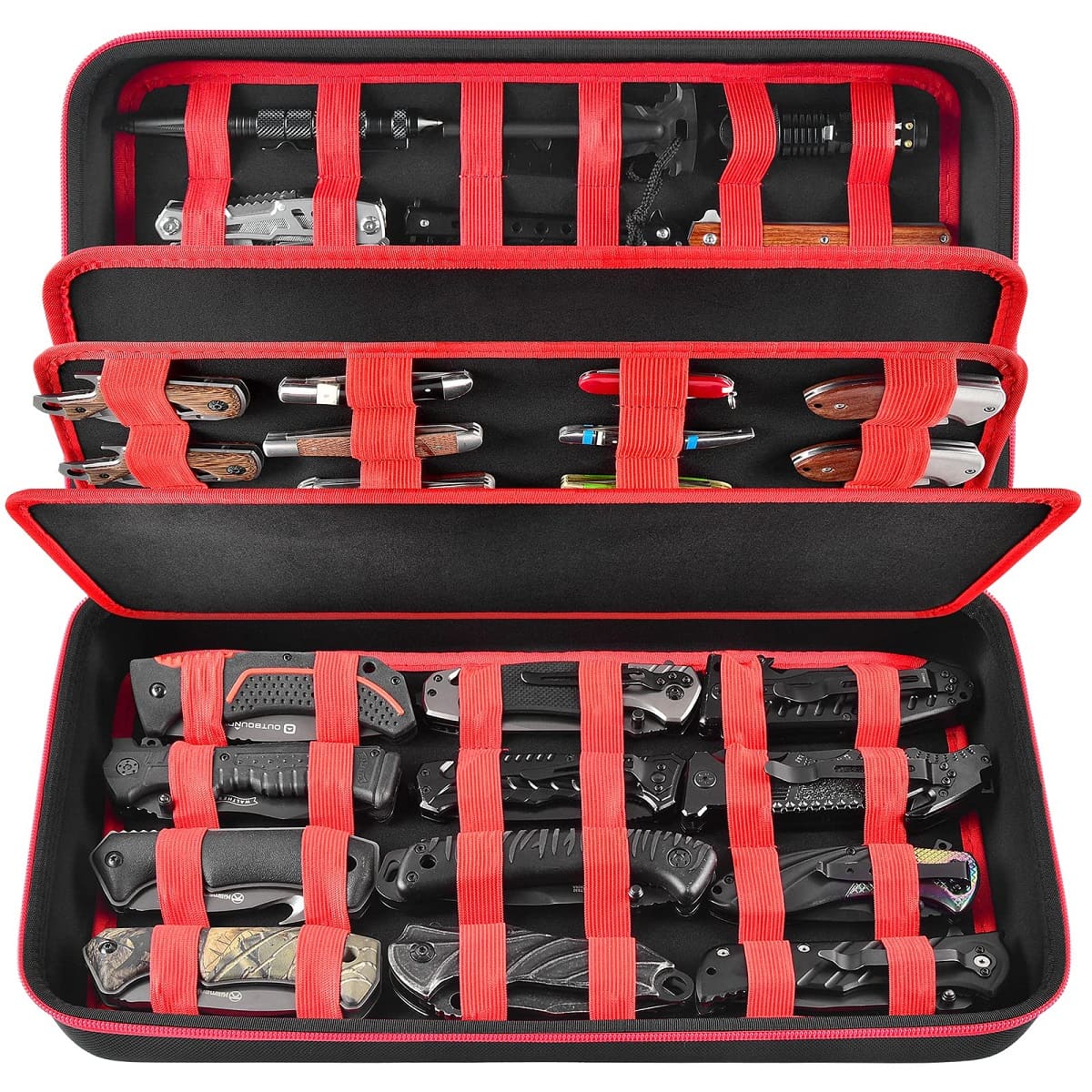

Articles
How To Store Pocket Knives
Modified: January 6, 2024
Learn the best techniques to safely store and protect your pocket knives with our informative articles. Keep your prized collection in pristine condition for years to come.
(Many of the links in this article redirect to a specific reviewed product. Your purchase of these products through affiliate links helps to generate commission for Storables.com, at no extra cost. Learn more)
Introduction
Pocket knives are versatile tools that serve various purposes, from everyday cutting tasks to outdoor adventures. Whether you are an avid collector or just someone who appreciates a well-crafted blade, proper storage is essential to protect your pocket knives and prolong their lifespan. In this article, we will explore the importance of proper knife storage, factors to consider, and different methods to store pocket knives.
Proper knife storage not only helps to prevent accidents but also maintains the sharpness and condition of the blades. Pocket knives are often made with high-quality steel, which can easily rust or corrode if not stored correctly. Additionally, improper storage can lead to the blades becoming dull, damaged, or scratched.
Before diving into the various storage methods, let us first consider some important factors that should be taken into account when storing pocket knives.
Key Takeaways:
- Proper storage of pocket knives is essential for safety, longevity, and functionality. Consider factors like accessibility, space, and protection when choosing a storage method to ensure your knives remain in optimal condition.
- DIY storage solutions offer a personalized touch and creative freedom for storing pocket knives. Repurpose toolboxes, cigar boxes, or create custom wooden boxes to showcase your craftsmanship and protect your knives.
Read more: How To Store Knives
Importance of Proper Knife Storage
Proper knife storage is crucial for several reasons. Firstly, it ensures the safety of yourself and others. Pocket knives are sharp tools that can cause serious injuries if mishandled. By storing them securely, you minimize the risk of accidental cuts or punctures.
Secondly, proper storage helps to maintain the sharpness and integrity of the blades. When pocket knives are left exposed to moisture, dust, or other environmental factors, they can become dull or develop rust. This not only compromises their performance but also shortens their lifespan. By providing a clean and controlled environment for your pocket knives, you can prevent these issues and ensure they remain in optimal condition.
Thirdly, proper storage prevents damage to the knives themselves. Without proper protection, pocket knives can easily get scratched or dented. The blades may also chip or break if they come into contact with other objects. By using appropriate storage methods, you can minimize the risk of such damage and prolong the longevity of your pocket knives.
Lastly, proper knife storage helps with organization and accessibility. By having a designated storage solution for your pocket knives, you can keep them easily accessible when you need them. This saves you time and effort searching for them and ensures that they are always within reach when the need arises.
Overall, investing in proper knife storage not only protects your pocket knives, but also promotes safety, maintains their functionality, and enhances their longevity. Now that we understand the importance of proper storage, let’s explore the factors to consider before storing your pocket knives.
Factors to Consider Before Storing Pocket Knives
Before you start storing your pocket knives, there are a few important factors to consider. These factors will help ensure that you choose the right storage method and create the ideal environment for your knives.
1. Accessibility: Think about how often you use your pocket knives and how easily you want to access them. If you use them frequently, it’s important to choose a storage method that allows for quick and convenient retrieval.
2. Space: Consider the available space in your home or workspace. If you have limited space, you may need to opt for compact storage solutions that can be easily tucked away.
3. Knife Type and Quantity: Different knives may require different storage solutions. Consider the size, shape, and number of pocket knives you have. Some storage options are better suited for specific knife types, such as folding knives or fixed blades.
4. Protection: Determine the level of protection your pocket knives need. Will they be exposed to moisture, dust, or extreme temperatures? Choose a storage method that provides adequate protection against these elements.
5. Portability: If you often travel with your pocket knives, you’ll need a storage solution that is portable and offers secure protection during transportation.
6. Aesthetics: Consider your personal preferences and the overall aesthetic of your space. You may opt for storage methods that not only provide practicality but also add visual appeal to your surroundings.
By considering these factors, you can narrow down your options and choose a storage method that best suits your needs and preferences. In the next section, we will explore the different materials needed for knife storage.
Materials Needed for Knife Storage
When it comes to storing pocket knives, you will need a few essential materials to ensure proper protection and organization. Here are some of the key materials you may consider:
1. Knife Rolls or Sheaths: Knife rolls or sheaths are popular storage options, especially for those who need to transport their pocket knives. These are typically made of sturdy fabric or leather and feature pockets or slots to securely hold individual knives. They offer a compact and portable solution while providing adequate protection.
2. Knife Blocks or Magnetic Strips: Knife blocks and magnetic strips are ideal for those who want to showcase their pocket knives while keeping them easily accessible. Knife blocks are usually made of wood or bamboo and feature slots to store the knives vertically, keeping the blades protected. Magnetic strips, on the other hand, have magnetic surfaces that securely hold the knives in place while displaying them horizontally.
3. Padded Cases or Pouches: If you prioritize cushioning and protection, consider using padded cases or pouches for your pocket knives. These cases are typically made of soft and protective materials like neoprene or nylon and provide extra padding to prevent scratches and impacts.
4. Knife Display Cases: For collectors or those who want a more visually appealing storage solution, knife display cases are a great option. These cases are designed specifically to showcase and protect pocket knives. They often feature glass panels or transparent lids to display the knives while keeping them safe from dust and handling.
5. DIY Storage Solutions: If you prefer a handmade or customized storage option, you can get creative with DIY solutions. For example, you can repurpose small toolboxes, cigar boxes, or even create a wall-mounted rack using a piece of wood and small dowels to hold the knives.
Remember, the choice of materials will depend on your personal preferences, budget, and the level of protection you desire for your pocket knives. Now that we have discussed the materials needed for knife storage, let’s explore the various methods of storing pocket knives.
Methods of Storing Pocket Knives
When it comes to storing pocket knives, there are several methods you can choose from. The best method for you will depend on factors such as accessibility, space availability, and personal preference. Here are three common methods of storing pocket knives:
1. Using Knife Rolls or Sheaths: Knife rolls and sheaths are popular choices, especially for those who frequently travel with their pocket knives or need a portable storage solution. These storage options typically have individual pockets or slots to securely hold each knife. They are made from durable fabrics or leather, providing protection against scratches and impacts. Knife rolls can be rolled up for compact storage, while sheaths can be attached to belts or backpacks for easy access.
2. Utilizing Knife Blocks or Magnetic Strips: Knife blocks and magnetic strips are ideal if you want to showcase your pocket knives while keeping them easily accessible. Knife blocks are usually made of wood or bamboo and have slots to hold the knives vertically. This type of storage keeps the blades protected and prevents them from touching each other, reducing the risk of damage. Magnetic strips are mounted on walls or inside cabinets and use a strong magnetic surface to securely hold the knives horizontally. This option allows you to display your knives and easily grab the one you need.
3. DIY Storage Solutions: If you’re looking for a personalized and budget-friendly approach, you can create your own storage solution for pocket knives. For example, you can repurpose a small toolbox or cigar box and add foam inserts or small dividers to hold the knives securely. Another DIY option is to mount small dowels onto a piece of wood to create a wall-mounted rack for your knives. This allows you to showcase your collection while keeping the knives organized and protected.
Remember to consider the specific needs of your pocket knives and choose a storage method that provides adequate protection against elements like moisture, dust, and impacts. Now that you have an understanding of the different storage methods available, let’s explore some DIY storage solutions for pocket knives.
To store pocket knives, keep them in a dry place to prevent rust. Store them in a sheath or blade cover to protect the blade and prevent accidents. Avoid storing them in a damp or humid environment.
Read more: How To Store Knives In A Drawer
Option 1: Using Knife Rolls or Sheaths
One popular and practical option for storing pocket knives is to use knife rolls or sheaths. These storage solutions are particularly suitable for those who often need to travel with their knives or require easy portability.
Knife rolls and sheaths are typically made from durable fabrics or leather. They come in various sizes and designs to accommodate different types and sizes of pocket knives. These storage options feature individual pockets or slots that securely hold each knife in place, preventing them from shifting or bumping into each other.
One of the main advantages of using knife rolls or sheaths is their portability. These storage solutions can be rolled up or folded, making them compact and easy to carry. They often come with handles or straps for convenient transportation.
Additionally, knife rolls and sheaths provide excellent protection for your pocket knives. The fabric or leather material acts as a cushion, safeguarding the knives from scratches, impacts, and other physical damage. This is especially important when you’re on the move and your knives are subjected to potential jostling or rough handling.
Furthermore, knife rolls and sheaths offer quick and easy access to your pocket knives. You can simply unroll the knife roll or unfasten the sheath to reveal your collection. This makes it convenient to select the knife you need without having to search through other storage options.
When using knife rolls or sheaths, it’s important to ensure that your knives are clean and dry before storing them. Any moisture left on the blades can lead to rust or corrosion over time. Additionally, it’s advisable to periodically inspect the rolls or sheaths for any signs of wear and tear, and replace them if necessary, to maintain optimal protection for your pocket knives.
Overall, using knife rolls or sheaths is a versatile and efficient method for storing pocket knives. They offer portability, protection, and easy access, making them an excellent choice for avid outdoor enthusiasts, professionals, or anyone who needs to carry their knives with them on a regular basis.
Now that we’ve explored the first storage option, let’s move on to the next method: utilizing knife blocks or magnetic strips.
Option 2: Utilizing Knife Blocks or Magnetic Strips
Another popular and visually appealing option for storing pocket knives is to utilize knife blocks or magnetic strips. These storage methods are great for those who want to showcase their collection while keeping their knives easily accessible.
Knife blocks are typically made of wood or bamboo and feature slots or pockets to hold the knives vertically. The blocks are designed to securely hold the knives in place, preventing them from moving or touching each other. This not only keeps the blades protected but also makes it easy to identify and retrieve the desired knife. Knife blocks come in various sizes and configurations, allowing you to choose one that suits the number and size of your pocket knives.
On the other hand, magnetic strips provide a unique and modern storage option for pocket knives. These strips are usually made of strong magnetic materials and can be easily mounted on walls or inside cabinets. The magnetic surface holds the knives horizontally in place, making them readily accessible and creating a striking display. Magnetic strips are especially suitable for those who enjoy the aesthetic appeal of their pocket knives and want to have them within reach at all times.
Both knife blocks and magnetic strips offer several advantages. Firstly, they allow you to showcase your collection, adding a touch of elegance to your kitchen or workspace. Having your knives on display also makes it easier to select the right knife for the task at hand, saving you time and effort.
Secondly, knife blocks and magnetic strips keep your pocket knives organized. Rather than rummaging through drawers or cluttered storage boxes, you can neatly arrange your knives in designated slots or on a magnetic strip. This not only helps to protect the blades from damage but also ensures that they remain in good condition for longer.
Lastly, knife blocks and magnetic strips offer convenience. With your knives stored vertically or horizontally, you can easily see and access each knife, allowing for a smoother cooking or work experience. They also serve as a gentle reminder to properly place your knives back in their designated spot after use, reducing the risk of accidents.
Whether you choose a traditional knife block or a modern magnetic strip, utilizing these storage options will enhance the visual appeal of your space while keeping your pocket knives safely displayed and within reach.
Now that we’ve explored the second storage option, let’s move on to the next method: DIY storage solutions for pocket knives.
Option 3: DIY Storage Solutions for Pocket Knives
If you’re feeling creative and want a personalized touch, you can opt for DIY storage solutions for your pocket knives. These homemade storage options allow you to customize the design and materials to suit your preferences and space constraints.
Here are a few DIY storage ideas for pocket knives:
1. Repurposed Toolboxes: Look for small toolboxes that are no longer in use and transform them into storage containers for your pocket knives. You can add foam or fabric inserts with slots or pockets to securely hold each knife in place. This not only provides protection but also allows for easy organization and access.
2. Cigar Boxes: If you enjoy a touch of vintage charm, consider repurposing cigar boxes as storage solutions for your pocket knives. Line the interior with soft fabric or foam and create individual compartments for each knife. You can even add a latch or lock for additional security and customization.
3. Wall-Mounted Racks: A wall-mounted rack is a great option for those who want to display their pocket knives while saving valuable counter or drawer space. You can use a piece of wood and attach small wooden dowels or hooks to hold the knives securely. Arrange the dowels or hooks at regular intervals to accommodate multiple knives.
4. Custom Wooden Boxes: If you have some woodworking skills, you can create a custom wooden box specifically designed for storing your pocket knives. Consider adding dividers or foam inserts to keep the knives separated and protected. You can also personalize the box with engravings or varnish to enhance its appearance.
Regardless of which DIY storage solution you choose, it’s important to ensure that it provides adequate protection for your pocket knives. Make sure the knives fit snugly and securely, and that the materials used are safe for the blades. Regularly inspect and clean your DIY storage solution to prevent dust or debris buildup.
DIY storage solutions not only add a unique touch to your storage setup but also allow you to unleash your creativity and showcase your craftsmanship. So, if you enjoy hands-on projects and want a storage solution that reflects your personal style, consider trying one of these DIY options for storing your pocket knives.
Now that we’ve explored the third storage option, let’s move on to some tips for maintaining and caring for stored pocket knives.
Tips for Maintaining and Caring for Stored Pocket Knives
Proper maintenance and care are essential to ensure that your stored pocket knives remain in optimal condition. Here are some tips to help you maintain and care for your knives:
1. Keep the knives clean: Regularly clean your pocket knives to remove any dirt, debris, or residues that may have accumulated. Use a mild soap or specialized knife cleaner and gently wipe the blades with a soft, lint-free cloth. Avoid using abrasive cleaners or scouring pads that could scratch the blades.
2. Dry the knives thoroughly: After cleaning, make sure to dry the knives thoroughly to prevent moisture from causing rust or corrosion. Use a clean, dry cloth to carefully remove any leftover moisture from the blades and handles. It’s particularly important to dry the knives before placing them back into storage.
3. Lubricate the moving parts: Pocket knives often have pivot points and other moving parts that benefit from periodic lubrication. Apply a small amount of lubricating oil, specifically designed for knives, to the pivot points to keep the blades opening and closing smoothly. Avoid over-lubrication, as excessive oil can attract dirt and debris.
4. Check for and address any issues: Regularly inspect your pocket knives for any signs of damage, wear, or loose components. Check the locking mechanisms, springs, and screws, ensuring that everything is in proper working order. If you notice any issues, address them promptly to prevent further damage or potential safety hazards.
5. Store knives in a clean, dry environment: The storage environment plays a crucial role in maintaining the condition of your pocket knives. Keep them in a clean and dry area to prevent moisture, dust, or other contaminants from affecting the blades. Avoid storing them in a humid environment, near sources of heat, or exposed to direct sunlight.
6. Avoid storing knives in the sheaths for extended periods: While sheaths provide protection and convenience, it’s best not to store knives in them for long periods. Sheaths can trap moisture and potentially cause corrosion. Instead, allow the knives to fully dry after cleaning and place them in a suitable storage solution.
7. Regularly rotate knife display positions: If you’re using a knife block or magnetic strip to display your pocket knives, periodically rotate the positions of the knives. This helps prevent prolonged contact with the same surface, minimizing the risk of any indentation or scratching on the blades.
8. Handle pocket knives with care: When handling your pocket knives, always exercise caution and proper knife safety. Avoid dropping the knives or subjecting them to excessive force, as this can damage the blades or affect their alignment. Additionally, make sure to handle the knives responsibly and follow local laws and regulations.
By following these tips, you can prolong the lifespan of your pocket knives and ensure their performance and functionality. Remember that proper maintenance and care go hand in hand with an effective storage solution to keep your pocket knives in the best possible condition.
Now that we’ve covered the tips for maintaining and caring for stored pocket knives, let’s conclude the article.
Read more: How To Store Steak Knives
Conclusion
Properly storing pocket knives is crucial for maintaining their safety, sharpness, and longevity. By investing in the right storage methods and following essential care tips, you can ensure that your pocket knives remain in optimal condition for years to come.
Throughout this article, we explored the importance of proper knife storage and the factors to consider before choosing a storage method. We discussed the materials needed for knife storage, such as knife rolls or sheaths, knife blocks or magnetic strips, and DIY storage solutions.
Knife rolls or sheaths provide portability, protection, and easy access, making them ideal for those who frequently travel with their pocket knives. Knife blocks and magnetic strips, on the other hand, offer the opportunity to showcase your collection while keeping your knives readily accessible.
For those with a creative flair, DIY storage solutions like repurposed toolboxes, cigar boxes, wall-mounted racks, or custom wooden boxes provide a personal touch and allow for customization to suit your needs and style.
We also provided essential tips for maintaining and caring for your stored pocket knives. Regular cleaning, drying, lubrication, and inspection help to keep the knives in excellent condition. Storing the knives in a clean and dry environment and handling them with care are crucial aspects of proper knife care.
Ultimately, by implementing these storage methods and care practices, you can ensure that your beloved pocket knives are protected, organized, and ready for use whenever you need them.
Whether you are a collector or an individual who relies on pocket knives for daily tasks, the right storage and maintenance routine are essential for preserving their functionality and appearance.
So, take the time to assess your storage needs, choose the most suitable method, and implement the tips mentioned in this article. Your pocket knives deserve the best care and protection, and with the right storage solution, you can enjoy their utility and beauty for years to come.
Frequently Asked Questions about How To Store Pocket Knives
Was this page helpful?
At Storables.com, we guarantee accurate and reliable information. Our content, validated by Expert Board Contributors, is crafted following stringent Editorial Policies. We're committed to providing you with well-researched, expert-backed insights for all your informational needs.
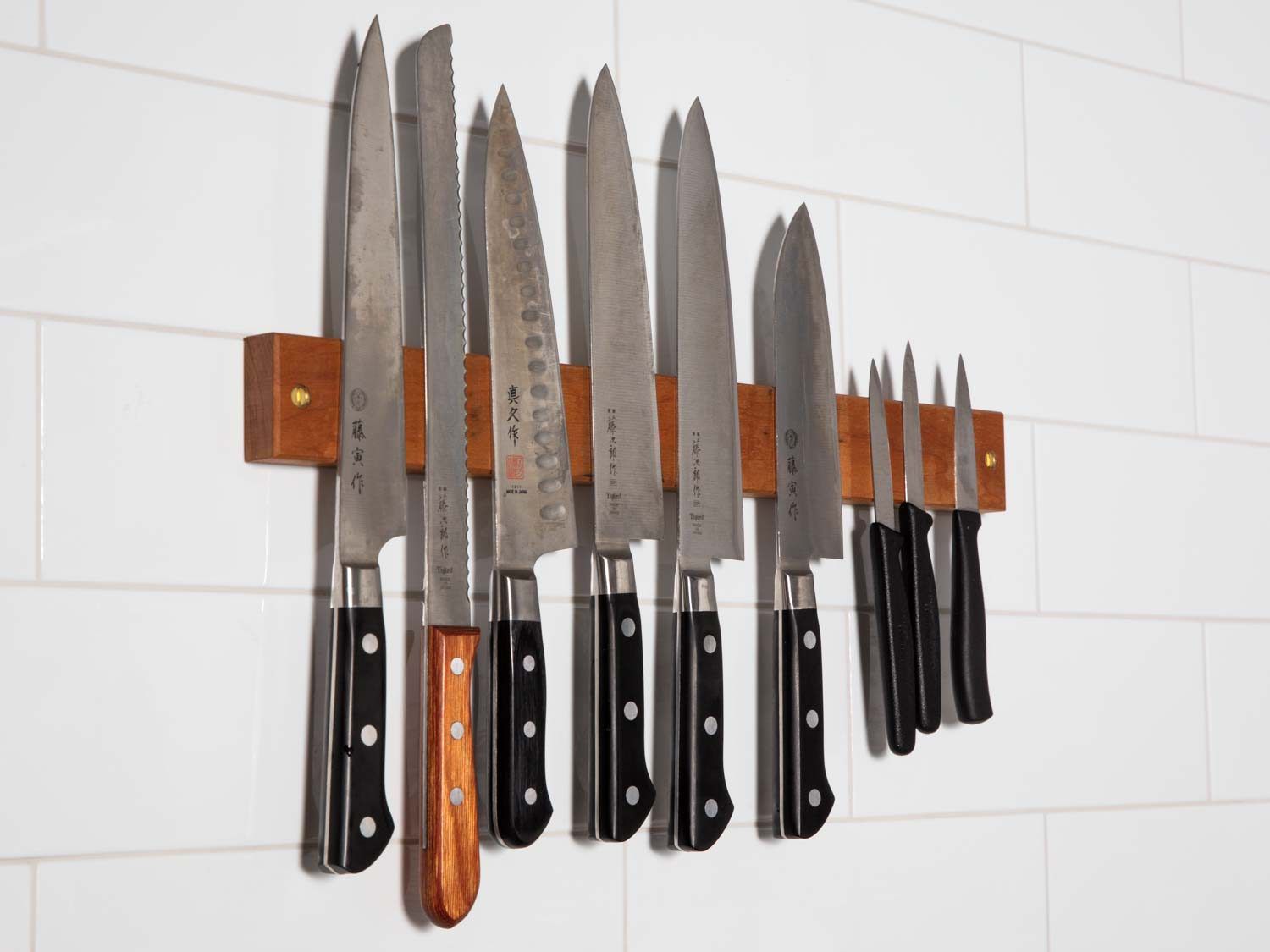
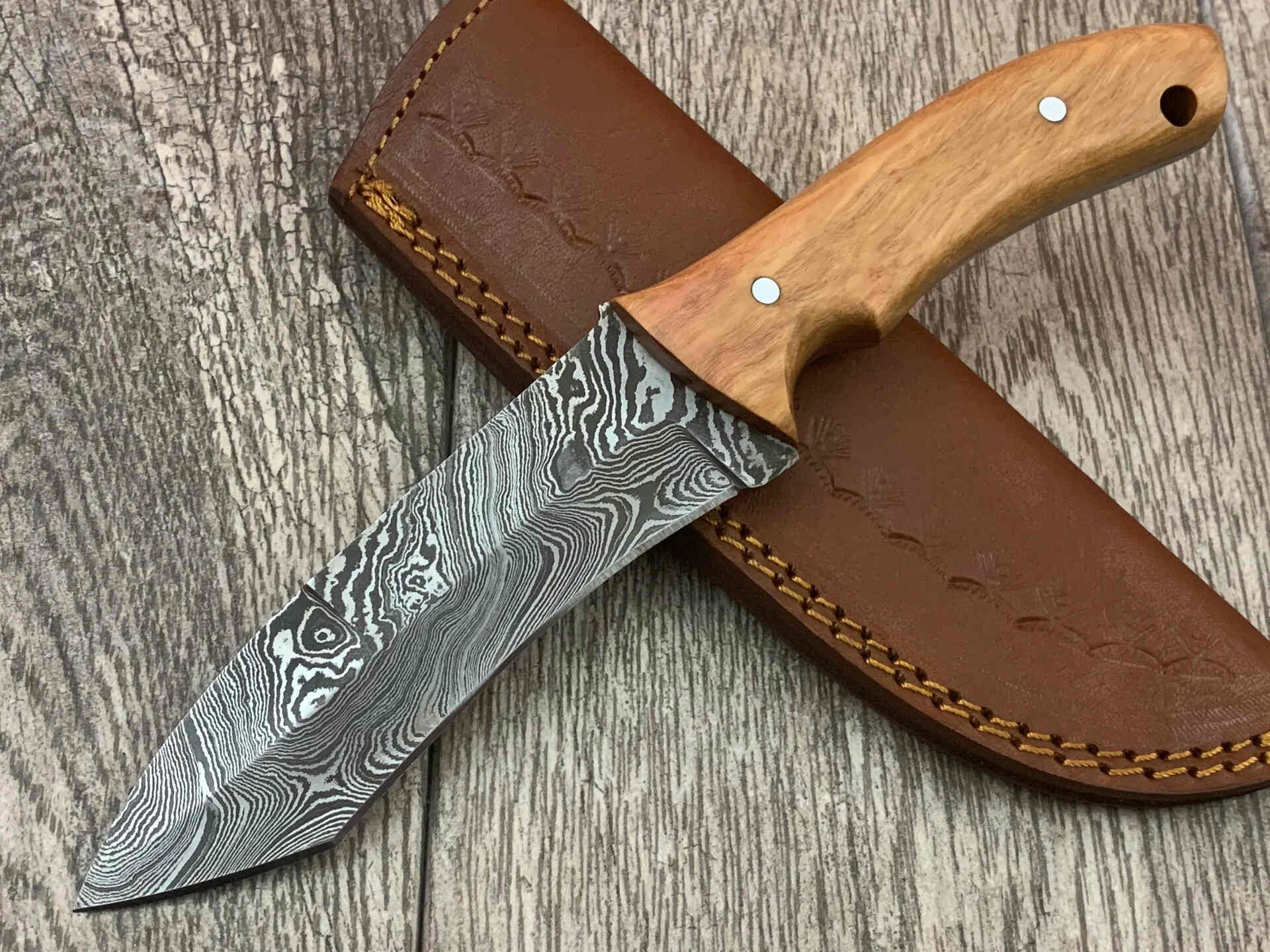
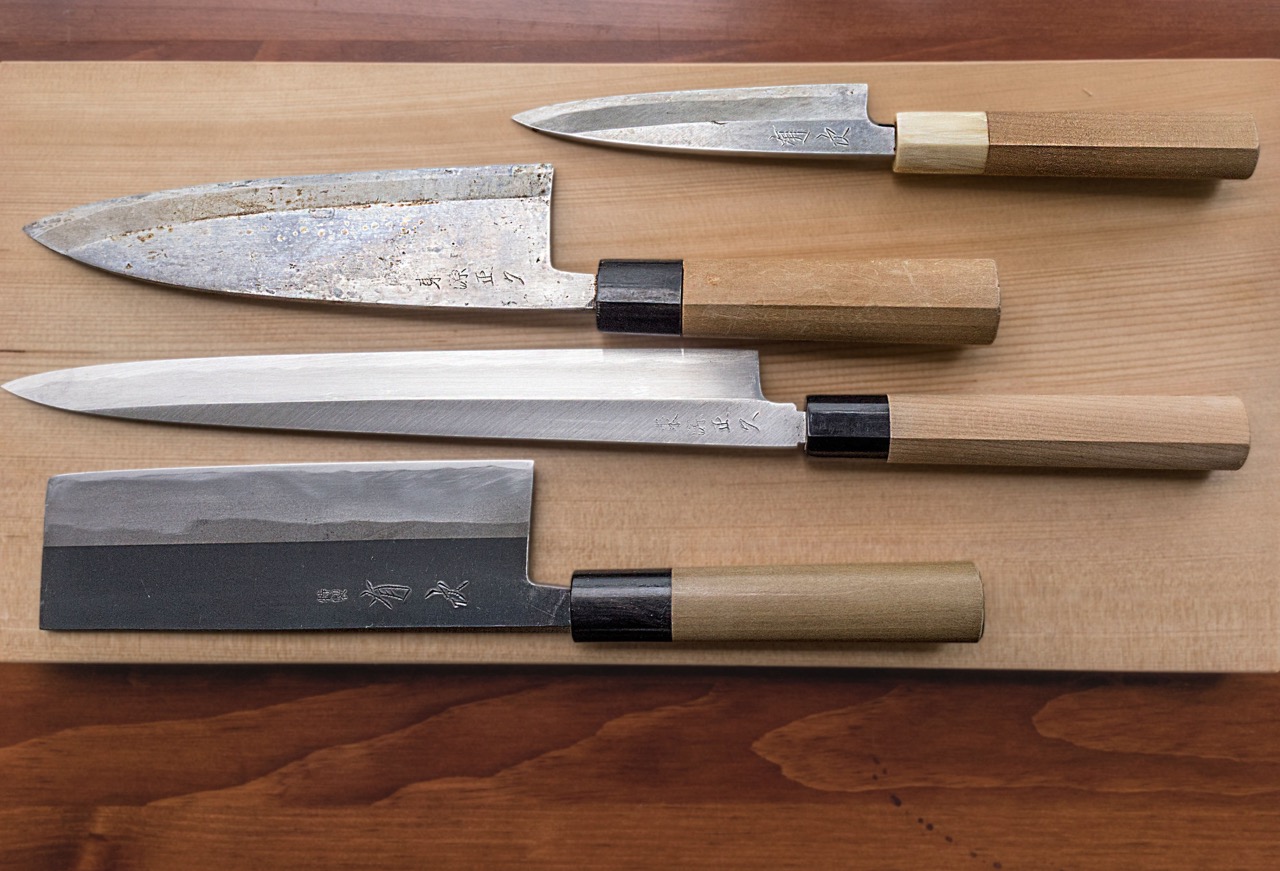
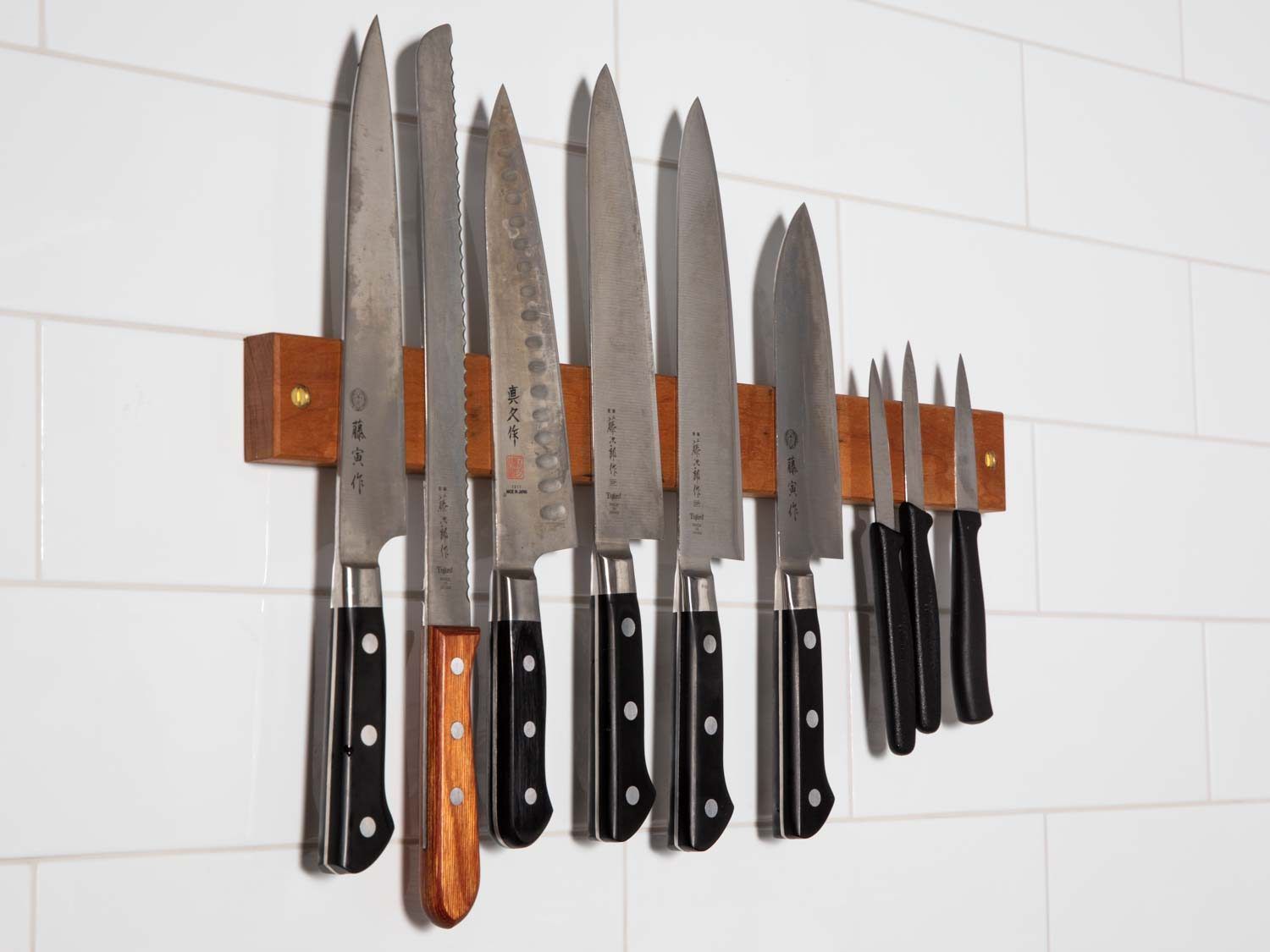

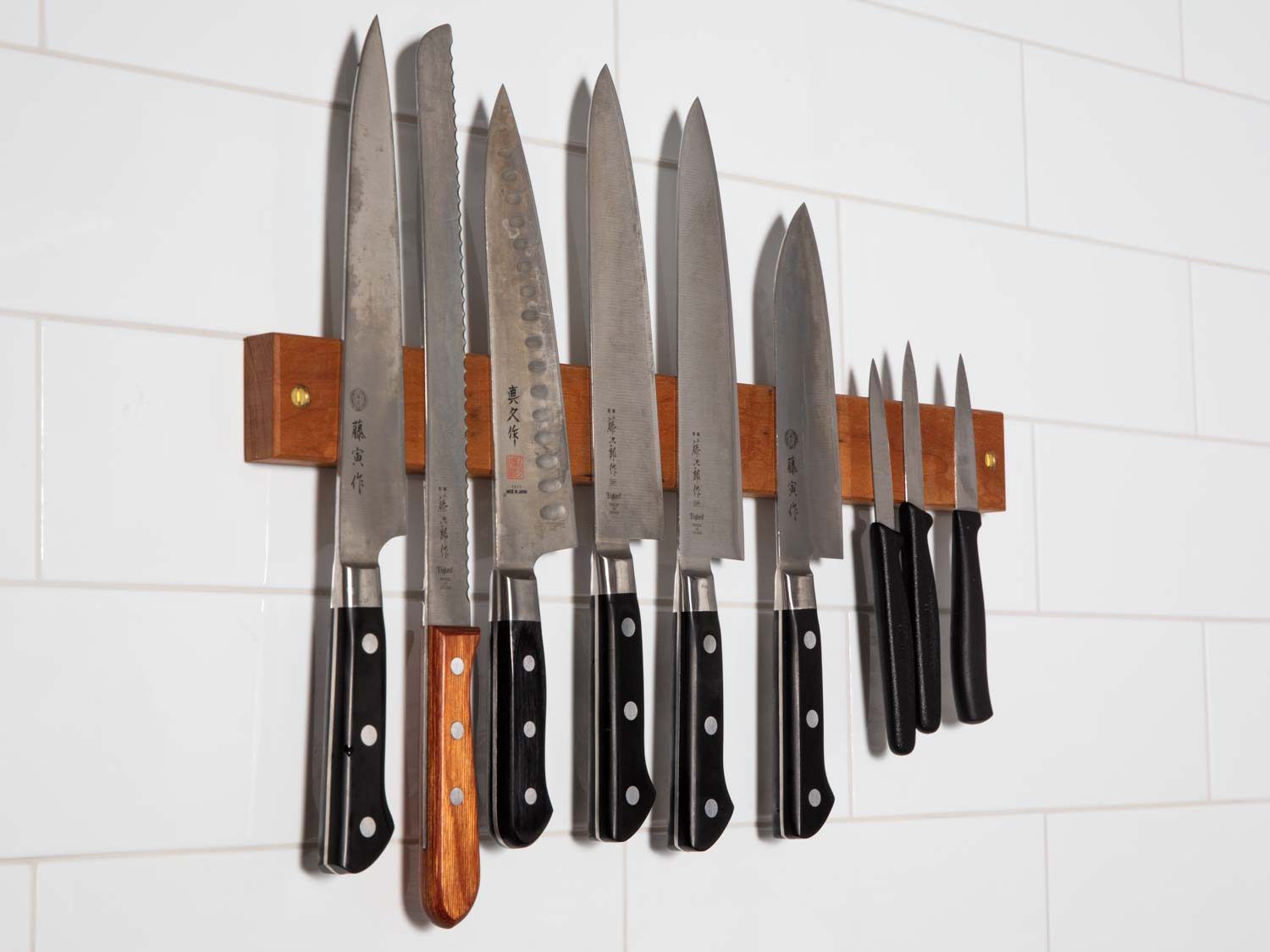
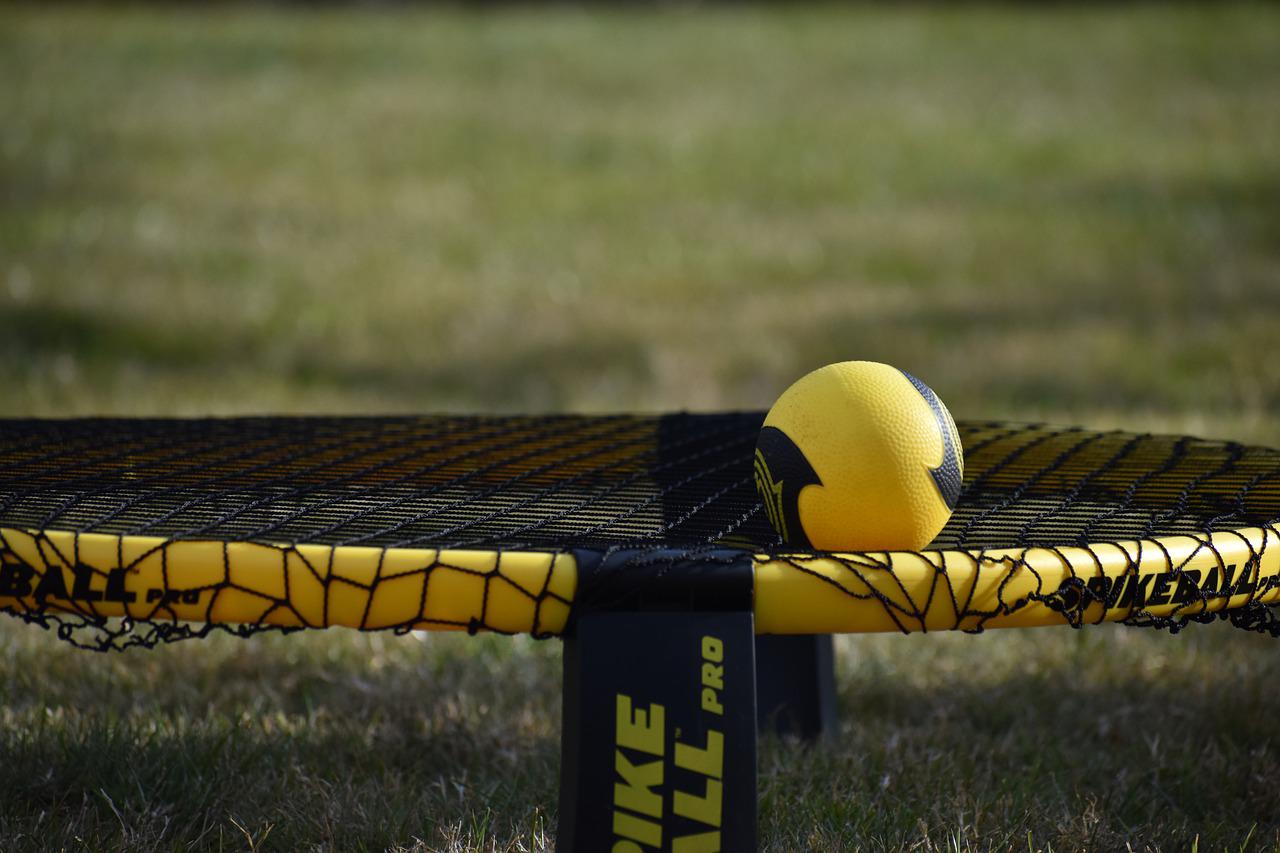
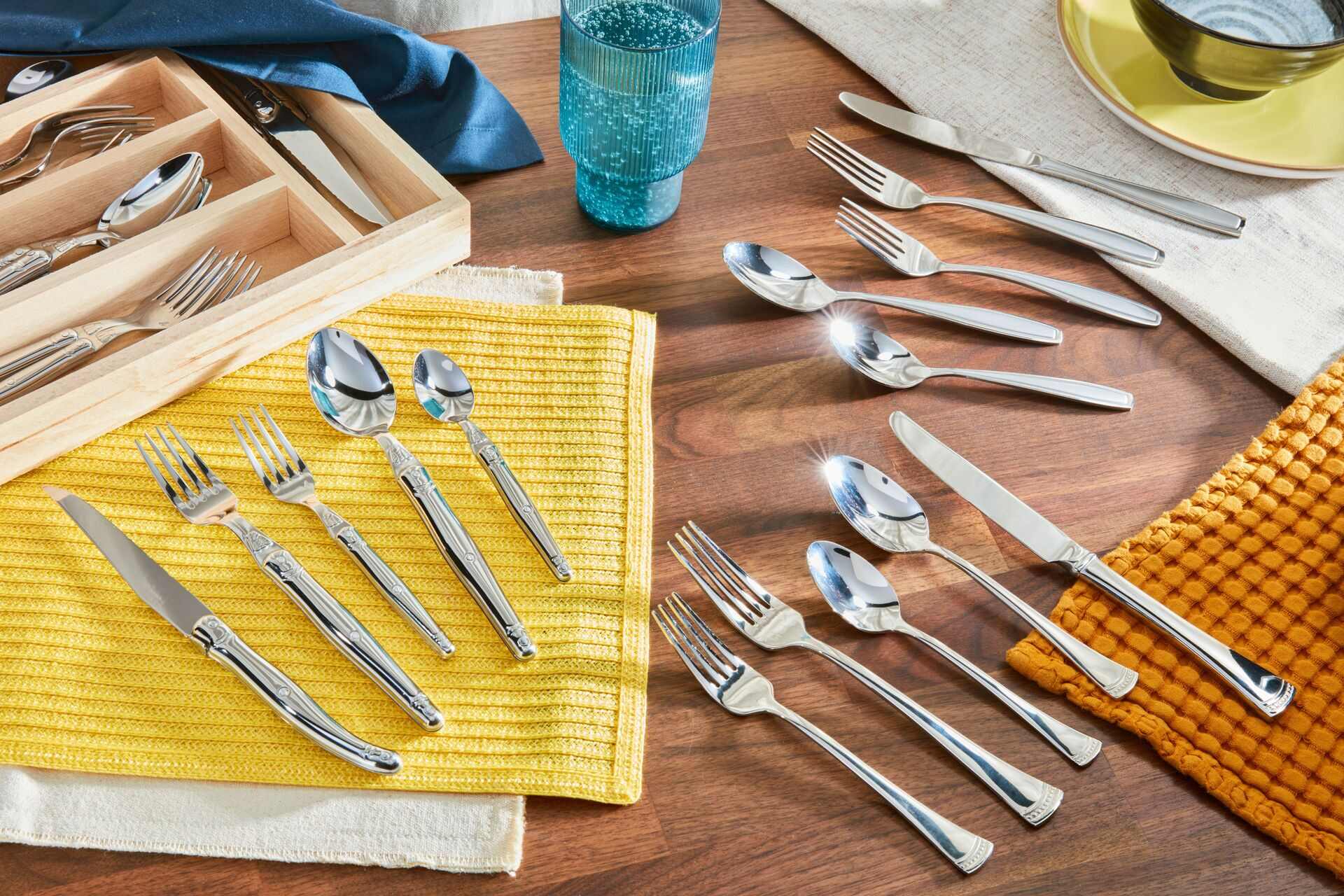
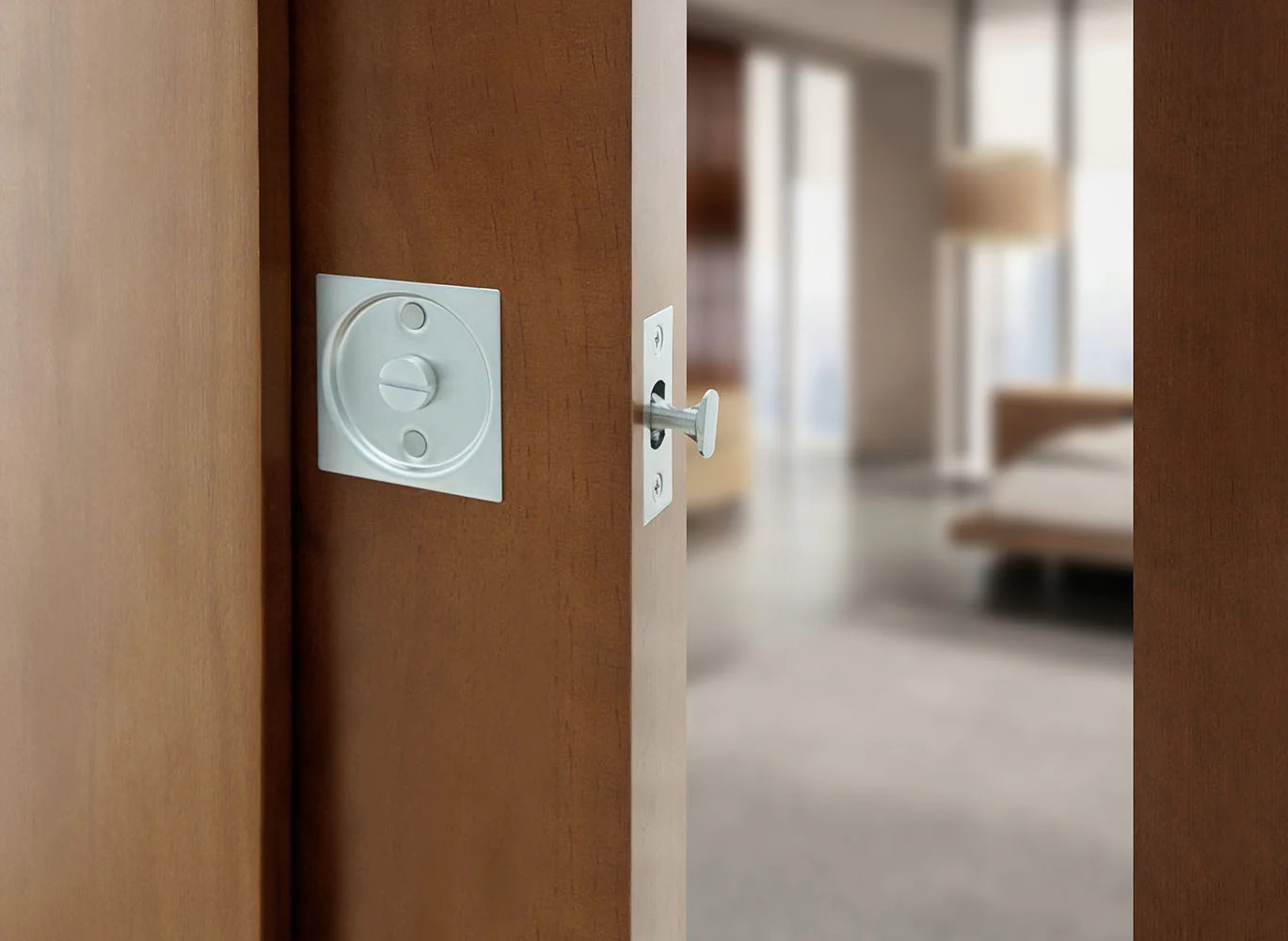
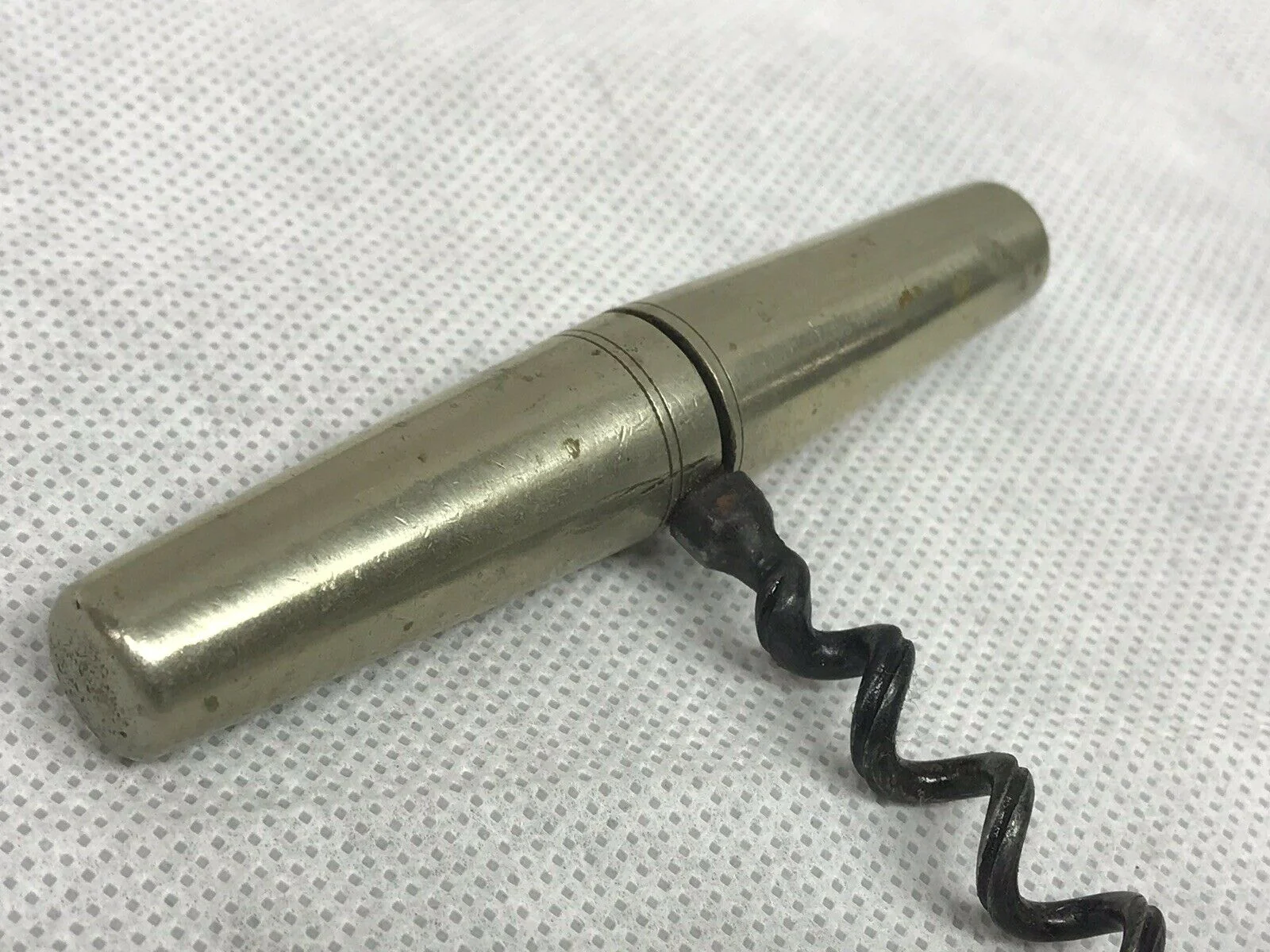
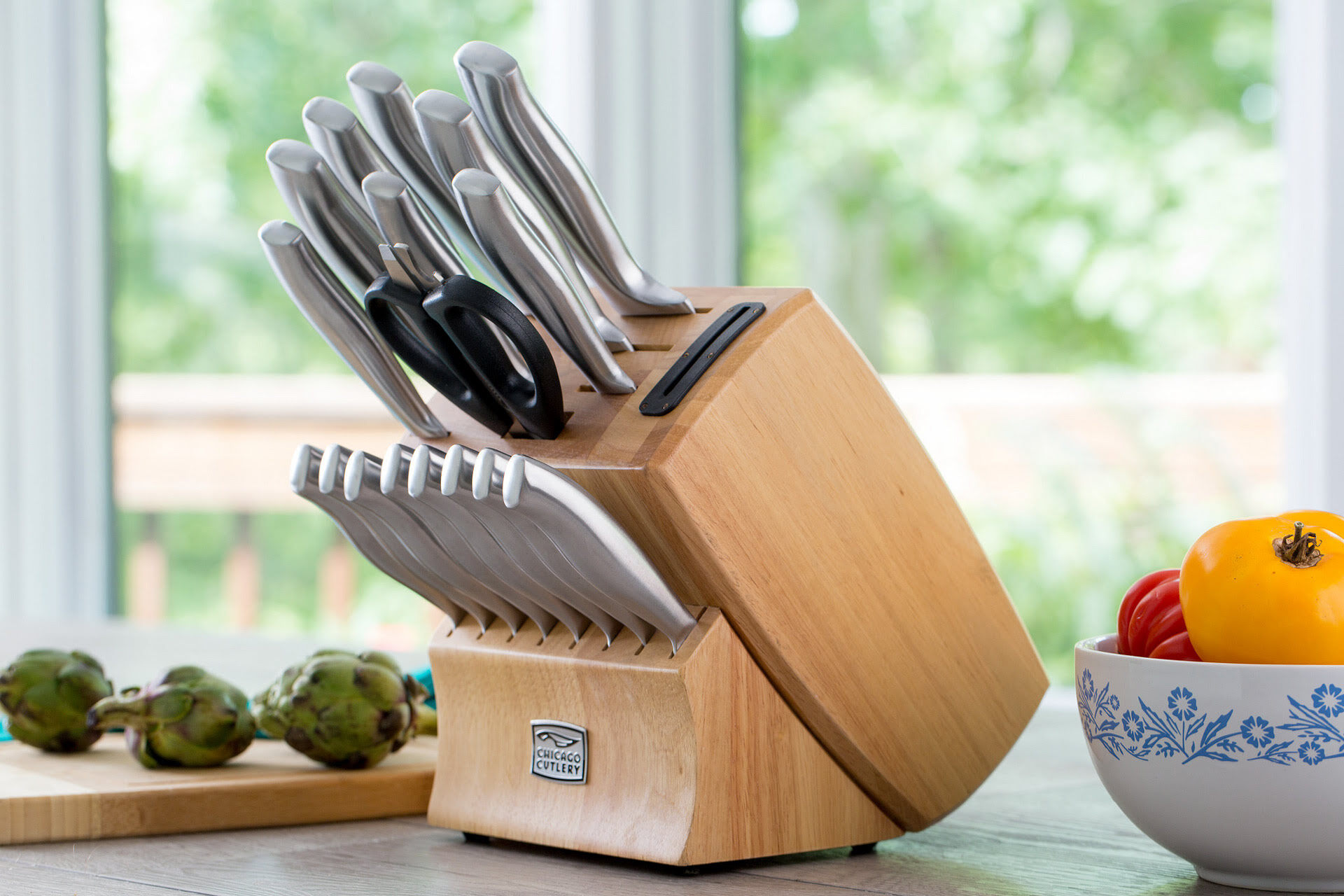
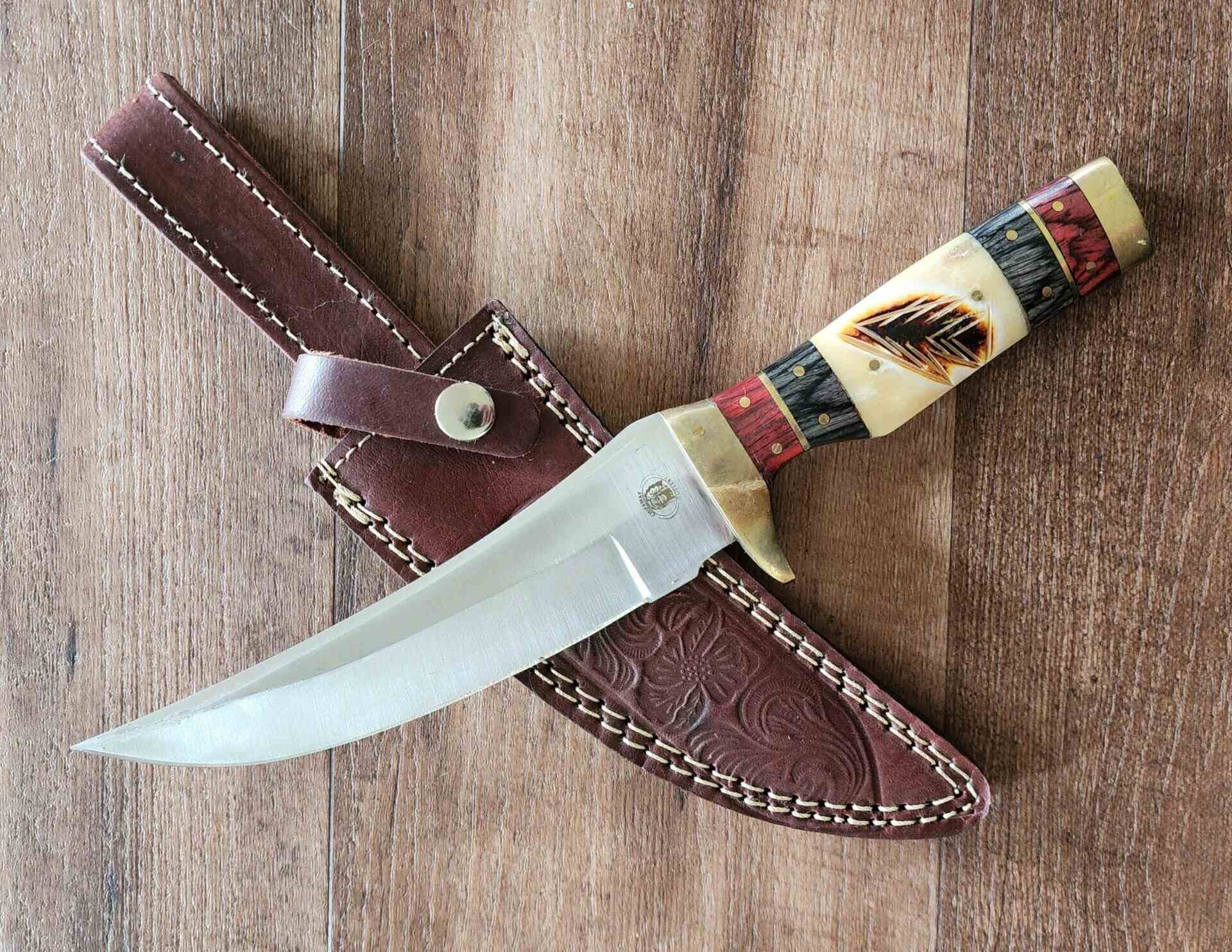
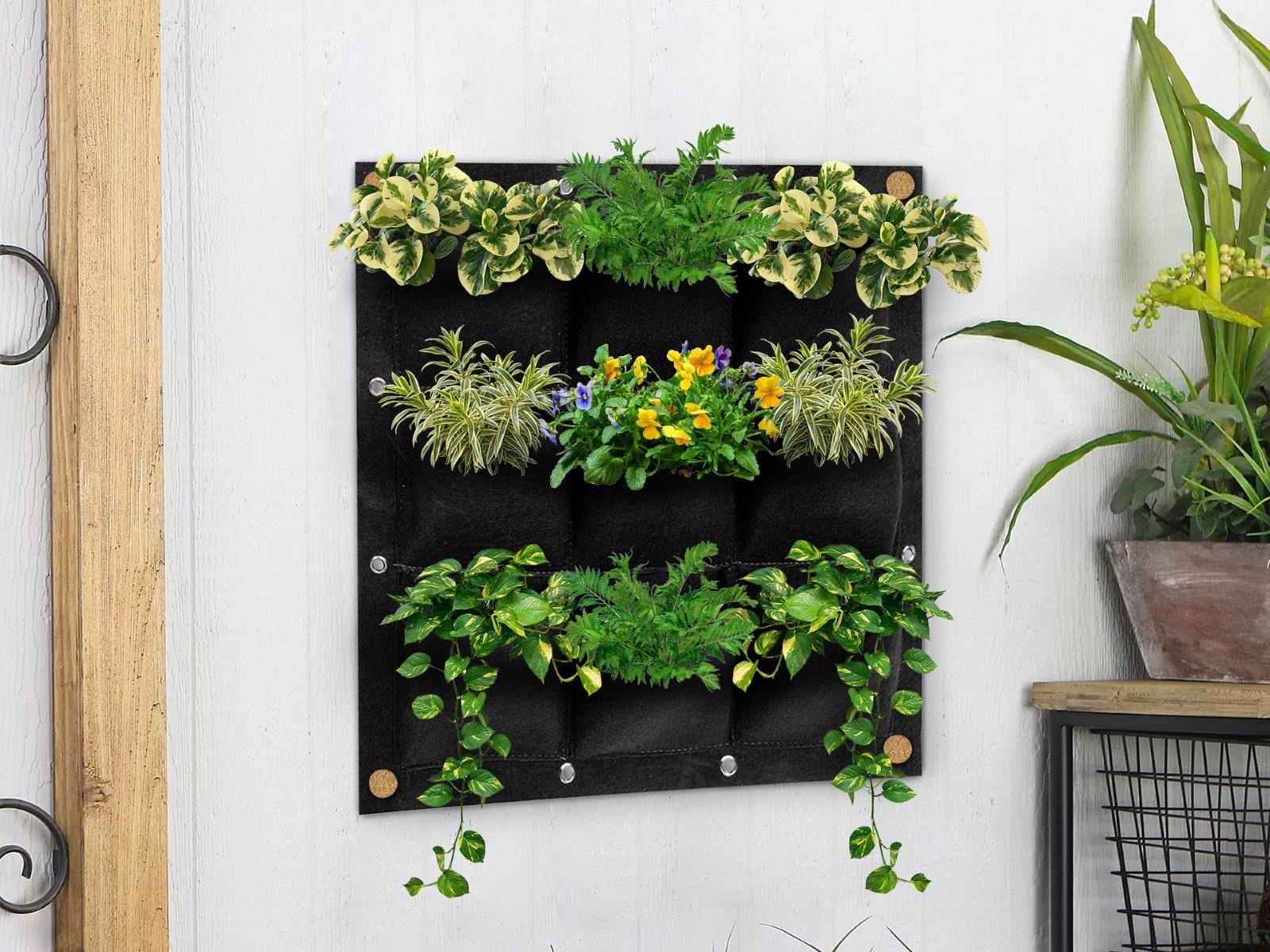

0 thoughts on “How To Store Pocket Knives”